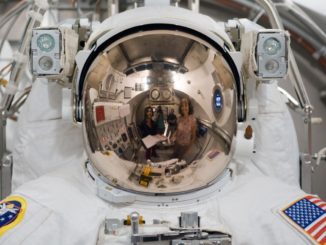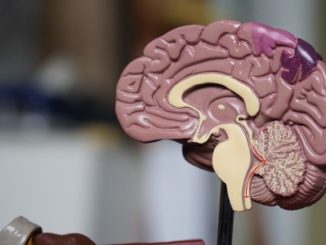
The History of Space Travel.
President Kennedy on September 12 1962 gave a speech in which he promised that we would build a rocket the size of a football field with various metal alloys many of which did even exist yet. With the precision comparable to that of the finest watch which would launch a man to the moon, an unexplored celestial body which was 240,000 miles away traveling at over 25 thousand miles an hour carrying equipment which would be necessary for propulsion, guidance, control, communication , food, and survival, before the end of the decade (which was less than 8 years away).
Something like this sounded way to premature. Especially for a country that had less than a half an hour of manned space travel. But we were motivated both by our own need to explore the moon as well as the more realistic fact that the Russians had much more experience and were advancing alarmingly fast. We were at the height of the cold war and the fact that the Russians possessed greater space technology was an alarming fact in our national security.
But the actual starting gun happened in 1957 when the Russians released Sputnik then just 1 month later the put a dog in orbit as well. This was incredibly alarming to Americans since now the Russians were putting more than just satellites into space and there for could put nukes in space as well. Then the most damaging blow to American pride was in 1961 when the Russians had put a man in low orbit and he had done one circle around the earth in less than 2 hours.
America quickly picked up the pace in space exploration speeding the testing process too much which ended in several disastrously failed rocket tests. However were finally able to get into second place when we released a man called Alan Shepard into a brief sub orbit flight. At the time it was project mercury that was in control of manned space activity. 7 military test pilots were selected to become part of this project and in extension the newly formed NASA.
Upon our 6th mission we America were able to finally get in about 2 days of space travel of our own. Then after this came Project Gemini the biggest difference between project mercury and project Gemini was in the fact that project Gemini did two manned space travels and there for were named after the latin word for twins. It acted as the connection between mercury and Apollo and had many members from both.
Gemini 4 had the first American EVA which was called extra vehicular activity or space walk (having a person outside of the spacecraft). We were catching up with Russia rapidly as they had done their first space walk a mere two and a half months before America. We continued to gather more and more momentum. Between 1965-1966 10 Gemini missions were able to get America even with Russia and we started breaking records of our own. The most well-known happening during Gemini 8 in which came the first docking between two space vehicles. Gemini 8 came incredibly close to complete disaster as the two spacecraft began spinning. They were spinning so fast that crew nearly blacked out separating made the spinning even worse. The two crew members were future Apollo members David Scott and the much more well-known Neil Armstrong as captain.
America began looking for better rockets that could get us into space then the titan rockets. We soon found our answer when we began building Saturn rockets. It was most powerful engine ever created by mankind. Once activated it would become brighter than the sun. It would transport man faster than he had ever traveled before and was also 100 times more powerful than the Redstone rocket which had launched Alan Shepard. The Saturn was the dawning of the Apollo program.
We at long last began scheduling for the trip to the moon. We had been looking for crew member since 1962. The man who was looking for the crew members was the only man out of the original 7 test pilots to never go into space (remember there was 7 members but only 6 flights).
The first major first major setback and tragedy of space exploration happened on 1967 in Apollo 1 (or as it was called Apollo 204 back then) when a flash fire destroyed the command capsule in a routine ground test. All 3 astronaut died one of which Virgil gust griffin who was the 2 american in space. Up until then NASA was somewhat reckless. It was found out that we had not properly made the electrical system which in the oxygen rich environment of the command capsule was horrible. It showed NASA that it was a dangerous business.
The Apollo project began taking it a bit slower taking several unmanned tests as well as completely redesigning the command capsule. So we began working on Apollo 7 that did long-term space recon. There was a lot of pressure on them after Apollo 1. But the entire project went off absolutely perfectly. Then came Apollo 8-9-10 which all forged the way for the famous Apollo 11.
4 days after their launch the lunar module named eagle by the crew disengaged from the command module dubbed Columbia and began its descent to the surface. This part of the mission was hardest part because every other aspect of the mission had already been tested repeatedly by the Apollo forebears and there were problems. Various times during the descent alarms sounded that told the crew that a computer overload was happening. However command strict judged that this would not affect the landing and ordered them to proceed. Then at 2000 feet above the moon they found out that the auto pilot of the eagle was going to land them inside of a rocky crater. Then only 300 feet above Neil took manual control and with only around 30 seconds of fuel left was able to expertly take the module down to the sea of tranquility. At which man took its first steps on another celestial body.
“One small step for man, One giant step for mankind.”
Source by Garik Tate



